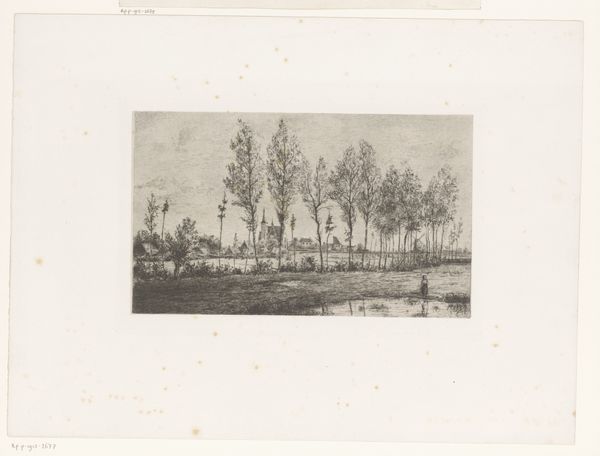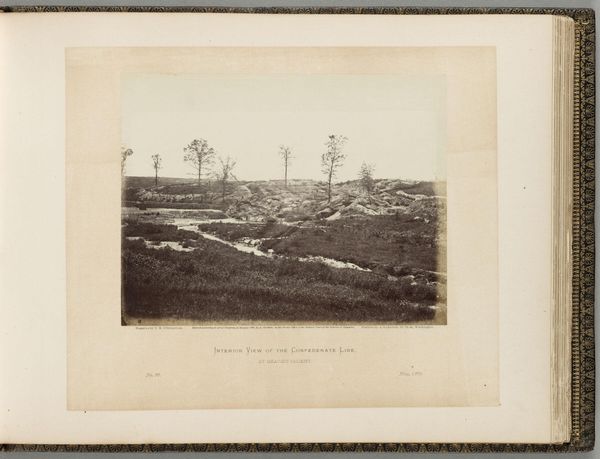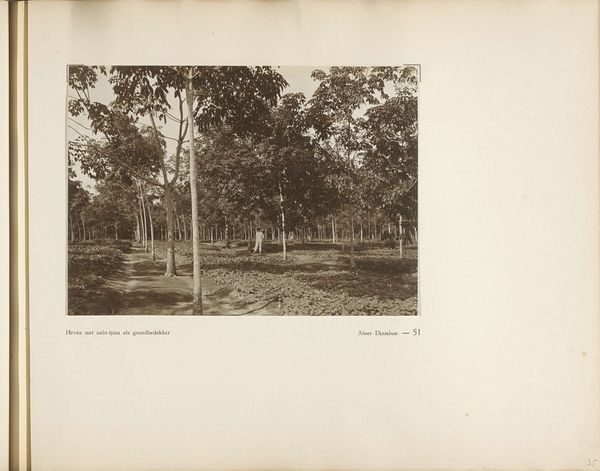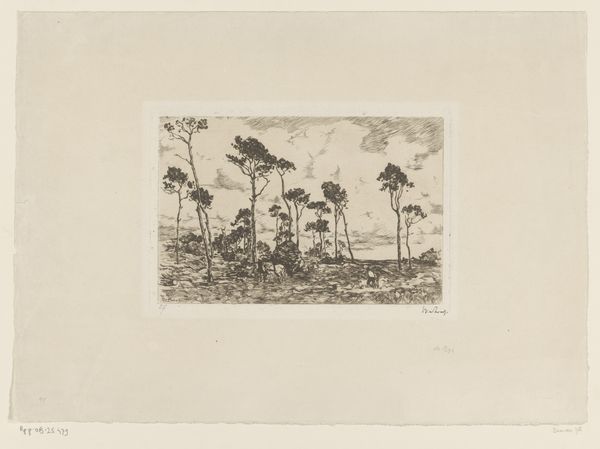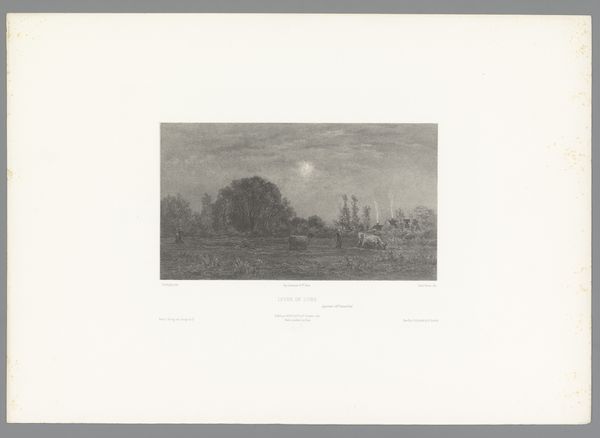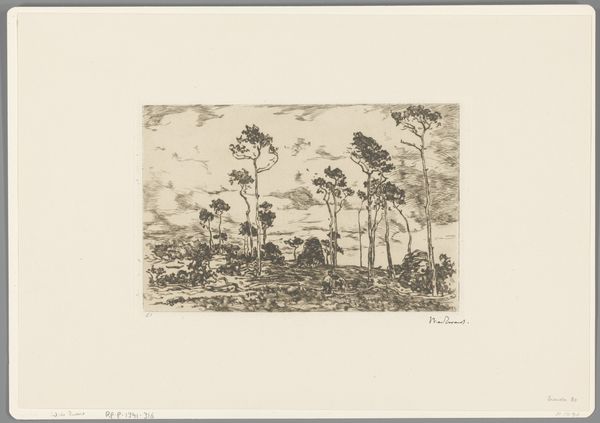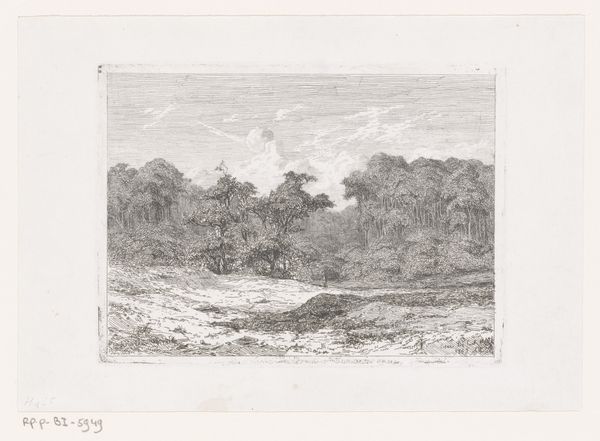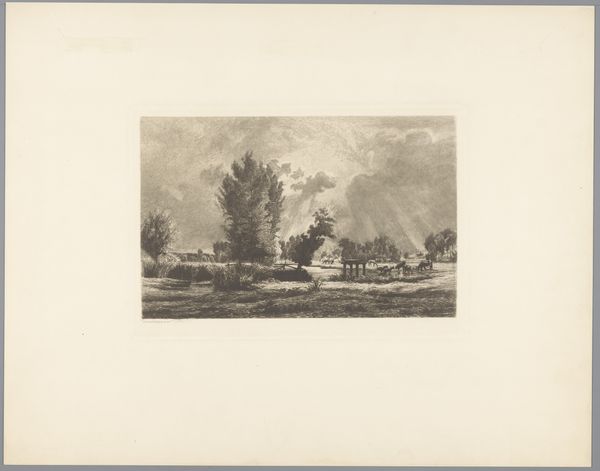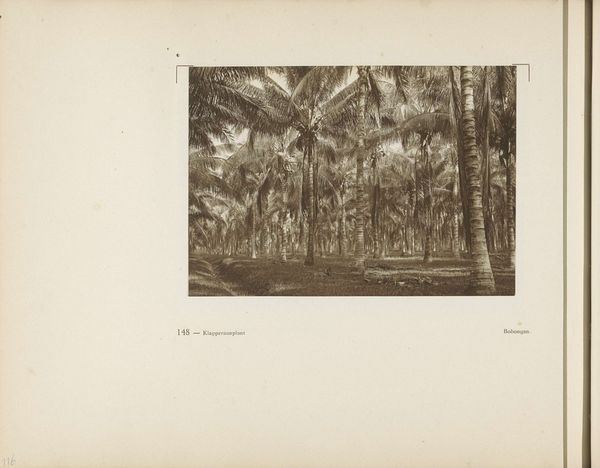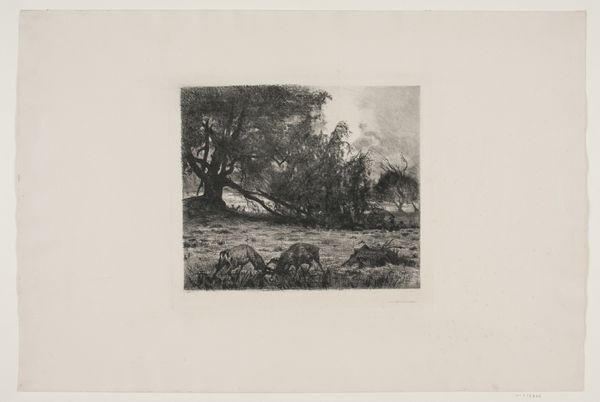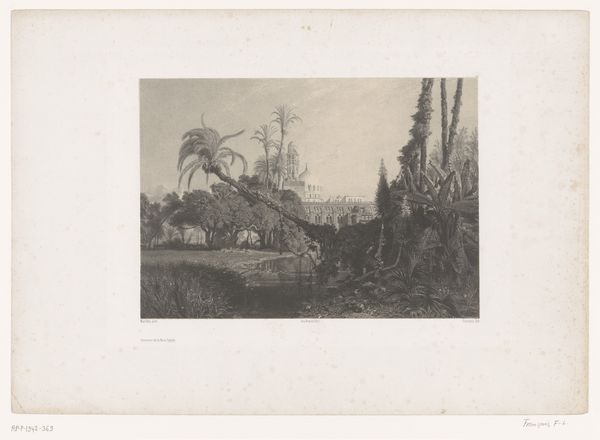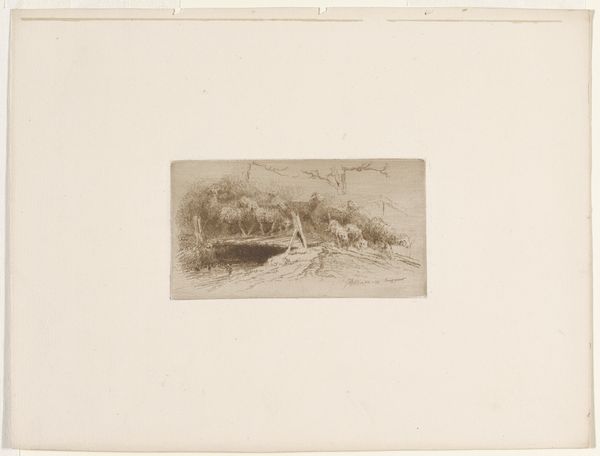
Pagina 160 van fotoboek van de Algemeene Vereeniging van Rubberplanters ter Oostkust van Sumatra (A.V.R.O.S.) c. 1924 - 1925
0:00
0:00
photography, gelatin-silver-print
#
pictorialism
#
landscape
#
photography
#
gelatin-silver-print
#
naturalism
Dimensions: height 240 mm, width 310 mm
Copyright: Rijks Museum: Open Domain
Curator: This gelatin-silver print is entitled “Pagina 160 van fotoboek van de Algemeene Vereeniging van Rubberplanters ter Oostkust van Sumatra (A.V.R.O.S.),” dating from around 1924-1925. The artist is J.W. Meyster, and it belongs to the Rijksmuseum collection. Editor: It's stark, isn't it? The composition is quite formal, but the landscape depicted feels devastated. There's something deeply unsettling about those skeletal trees reaching up against that pallid sky. Curator: Indeed. What appears at first to be a naturalistic landscape is in reality a potent document of colonial resource extraction. The photograph comes from a photo book produced for the General Association of Rubber Planters on the East Coast of Sumatra, suggesting it served to promote rubber cultivation. Editor: So, what looks like a somber landscape study becomes a record—perhaps even a celebration—of land clearing for industrial agriculture. How does the production context shift our understanding of the image’s intent, and Meyster’s role in documenting what appears to be almost complete deforestation? The labour involved in creating those rubber plantations... what do we know about the workers' lives? Curator: It underscores the complicated relationship between aesthetics and ideology. While stylistically, the image aligns with pictorialism— emphasizing soft focus and atmospheric effects to imbue a sense of artistry — its underlying narrative reveals the social and ecological costs of rubber production within the colonial system. Editor: Thinking about the materiality of the photograph, a gelatin silver print. Silver's traditional connection to wealth makes one wonder, how does that material connect to colonial resources and their accumulation. Curator: It is impossible to see the image without understanding the museum itself as a site that both showcases and complicates colonial histories. The presentation and framing of the work inevitably shapes its reception, impacting who engages with the artwork and in what context. Editor: The power of this piece resides in that tension, doesn't it? In acknowledging that initial beauty while simultaneously recognizing the larger narrative of exploitation and transformation tied to colonial ambitions. Curator: Absolutely. The photograph serves as a reminder of the ways in which seemingly innocuous images can function as potent political tools. It invites us to consider the ethical dimensions of landscape representation.
Comments
No comments
Be the first to comment and join the conversation on the ultimate creative platform.
